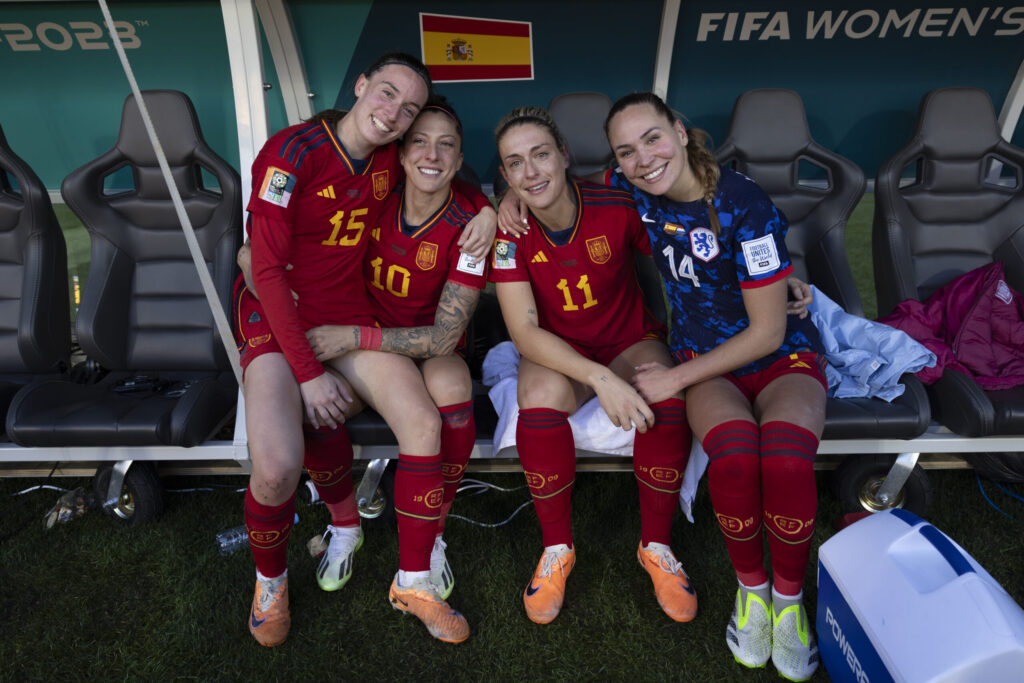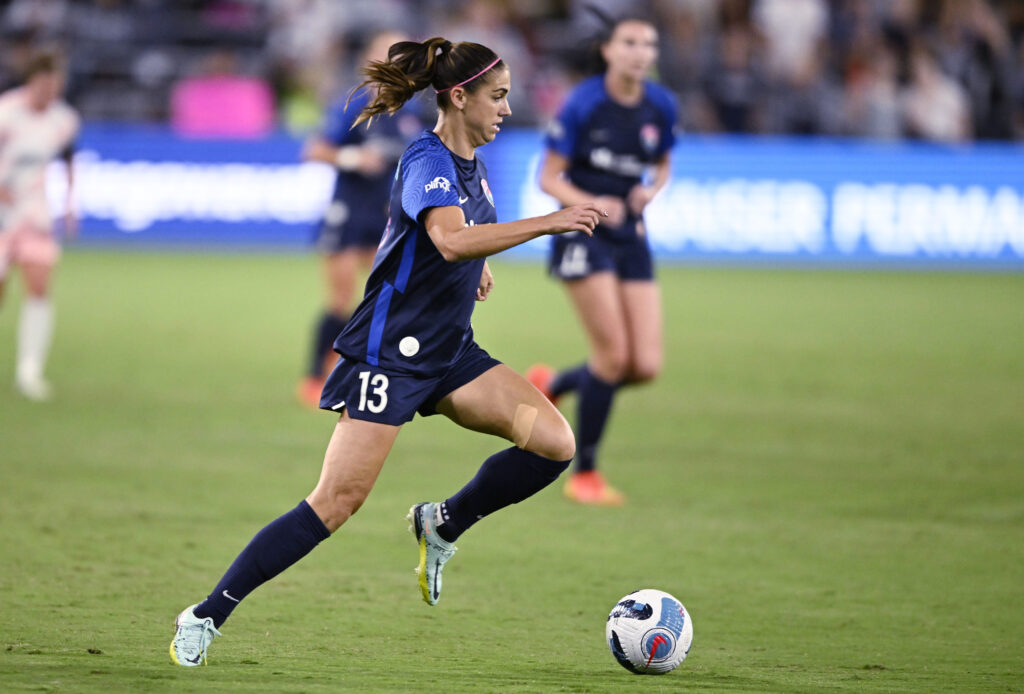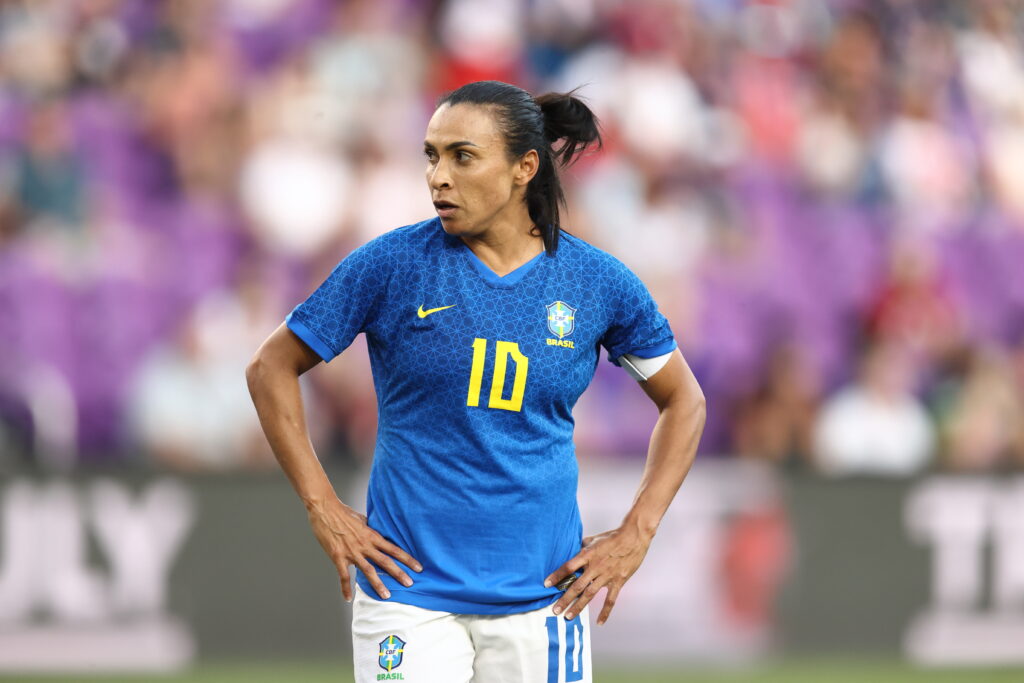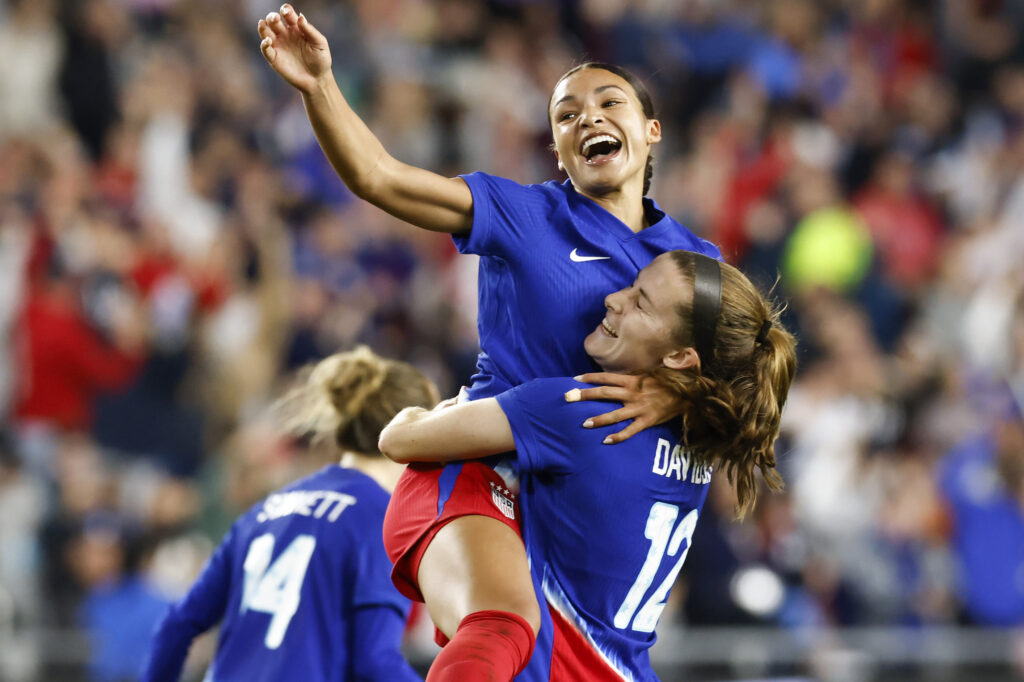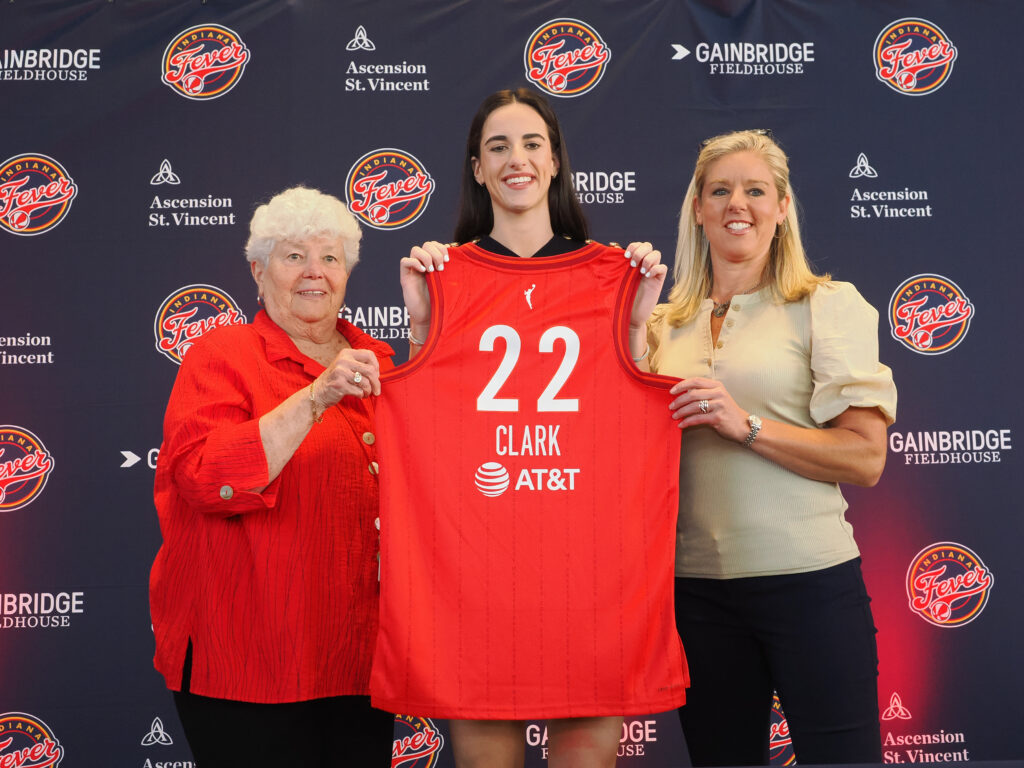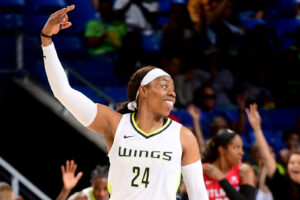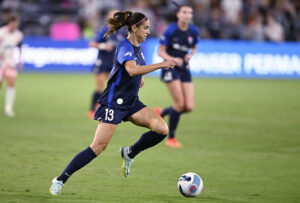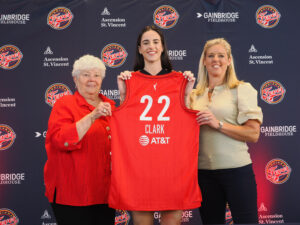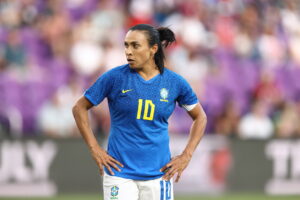Rooting for Spain at the 2023 World Cup can be complicated, as U.S. women’s national team players turned World Cup podcast hosts Christen Press and Tobin Heath admitted.
Last September, 15 Spanish players were left off the national team roster amid a dispute with the federation, one which remains unresolved. The players did not want to compete under head coach Jorge Vilda, who has remained with the team through the World Cup. While three of those players returned to the national team for the tournament, others remained off the team, including FC Barcelona stars Patri Guijarro, Mapi León and Sandra Paños.
“It will really piss me off not to go to the World Cup but my values come first,” León said in March.
So Spain has been left with a “complicated” dynamic as the team makes its first-ever World Cup semifinal appearance, as Press and Heath discussed on the latest episode of “The RE-CAP Show.”
“You’ve got this mix of some of their most important players [who] have now come back into the squad and then there’s all these new players that kind of took the place of the traditional 11,” Press said. “So you’ve got this weird dynamic and when I’m looking at the energy I see so much pride in Spain. I saw so many tears from my friends on the Spanish side.”
Both Press and Heath understand the tough position that creates for World Cup fans, with many wanting to support Spain but feeling uncertain over Vilda’s continued presence.
“I think for us fans it’s a little bit complicated too,” Heath said. “I think Spain is another team that it’s loved in football in terms of the way they play and the way that they’ve developed another part of what was missing I think in the women’s game. But it’s complicated, right?”
Someone tell Heath that they didn’t “feel good” rooting for Spain, which essentially meant rooting for the success of the coach. But for those who still want the players themselves to find success, the position leads to internal conflict.
“I think that the hope is that the more success the team has, the bigger voice and the more respect that they get from their country,” Press said. “I think that they deal with a lot of sexism in Spain. I think that in the course of our careers, it has gone from a federation that had absolutely no regard for their women’s program — they didn’t even qualify for World Cups, they weren’t even there — and now they’re winning Ballon d’Ors and they have established a league that can compete in the Champions League. It’s just transformed so quickly.”
The club experience in Spain is transforming, Press has heard from players, but the national team experience has lagged behind. It’s an interesting reversal from what U.S. players experienced, with their national team setting the precedent for club play in the country.
“Ultimately I will always root for the players on the field,” Press continued, “and I will hope that their success, their greatness, their beautiful performances, their goals – I hope the whole country can get behind them and I hope that it will help them get a voice. That’s sort of what you want to celebrate in sport is this idea that you can play for these these changes.
“They shouldn’t have to. They should be heard and listened to and respected the first time that they say something if someone’s talking about an unfriendly unhealthy environment, I don’t need to hear anything more.”
“There is no place for abuse in in women’s football any kind of it there’s no place for it,” Heath added. “It’s not okay, winning does not make abuse okay. And I wish that these players win so they get the platforms and the ability to really change the culture and the narrative that’s going on there because they all deserve better.”
Even still, Press remains behind both the players who chose to play within the system in hopes of changing it and those that opted not to play and put their personal well-being and values above the World Cup. To her, “there’s no wrong decision” from the players.
“I think when I see how much pride these players have, being in their first semi-final how complicated it is,” she said. “All those tears knowing that their play has driven the sport forward and driven the respect for women in their country in such a profound way, I know there it’s a really really hard thing to to process and to understand and we’re we’re with the players we’re rooting for them. Team Spain all the way.”
